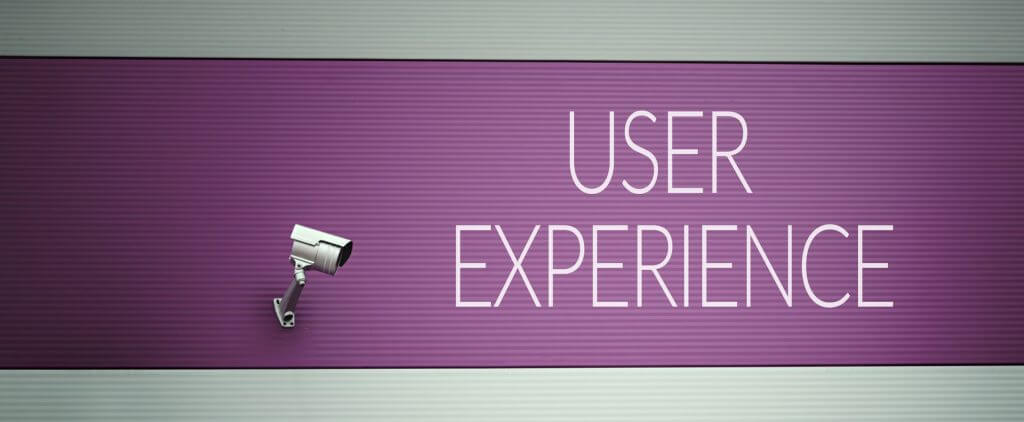Most websites have an average of a 30-60% bounce rate.
This means a large majority of web traffic entering your website leaves without navigating to any other pages. What first impression are you giving your viewers?
Your website represents who you are and what you offer. When viewers visit your website they are looking for credibility, trust, professionalism, and stability.
Stanford University and Consumer Web Watch found that “a website’s design was more important than credibility such as having a privacy policy and awards.” The study also indicated that “the visual design may be the first test of a site’s credibility. If it fails on this criterion, web users are likely to abandon the site…”
A great web design should include:
Proper use of colors
To attract your audience and draw attention to select elements, use the right colors for your audience. Do not try to make everything jump out. Your audience will avoid the chaotic mix of colors. Stick to 2-4 colors for your template.
Animations, gadgets, and media
Only implement this to help support content and information. Avoid anything unnecessary.
Layout: A clear navigation structure is a must. Avoid clutter. Organize page elements in a grid fashion instead of scattering them randomly.
Typography
Use fonts, font sizes, and font colors that are easy to read to ensure your site is legible. This brings us to our next element. Maintain consistency. Keep your elements on your site consistent from page-to-page. Consistency will help your visitors navigate your site with ease. This will help your visitors from feeling lost.
Images
Images can be a powerful element to any website. Although stock images are easily accessible and inexpensive, visitors prefer real imagery. Marketing Experiments performed an experiment comparing the use of stock photography verses real imagery on a website. They found that photos of real people out-performed the stock photos by 95%. Stock images tend to be irrelevant.
Ultimately, make sure that anyone visiting your website can view it no matter what browser or application they are using. Accessibility is a key element to your website’s growth. Visitors should be able to view your website on a mobile device, a tablet, and a computer. Your website will get more views by allowing everyone to view your site no matter what kind of system they use.


